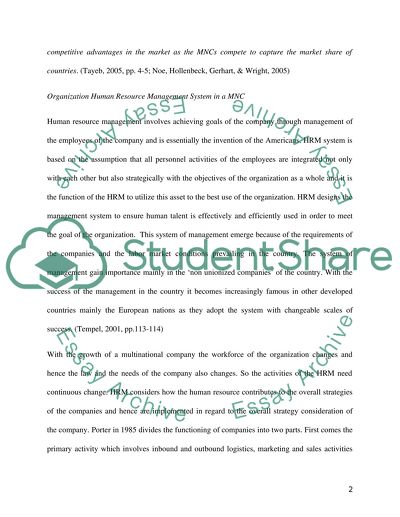Cite this document
(“How is the HRM function of multinational companies organised and what Essay”, n.d.)
Retrieved from https://studentshare.org/environmental-studies/1405939-how-is-the-hrm-function-of-multinational-companies
Retrieved from https://studentshare.org/environmental-studies/1405939-how-is-the-hrm-function-of-multinational-companies
(How Is the HRM Function of Multinational Companies Organised and What Essay)
https://studentshare.org/environmental-studies/1405939-how-is-the-hrm-function-of-multinational-companies.
https://studentshare.org/environmental-studies/1405939-how-is-the-hrm-function-of-multinational-companies.
“How Is the HRM Function of Multinational Companies Organised and What Essay”, n.d. https://studentshare.org/environmental-studies/1405939-how-is-the-hrm-function-of-multinational-companies.


